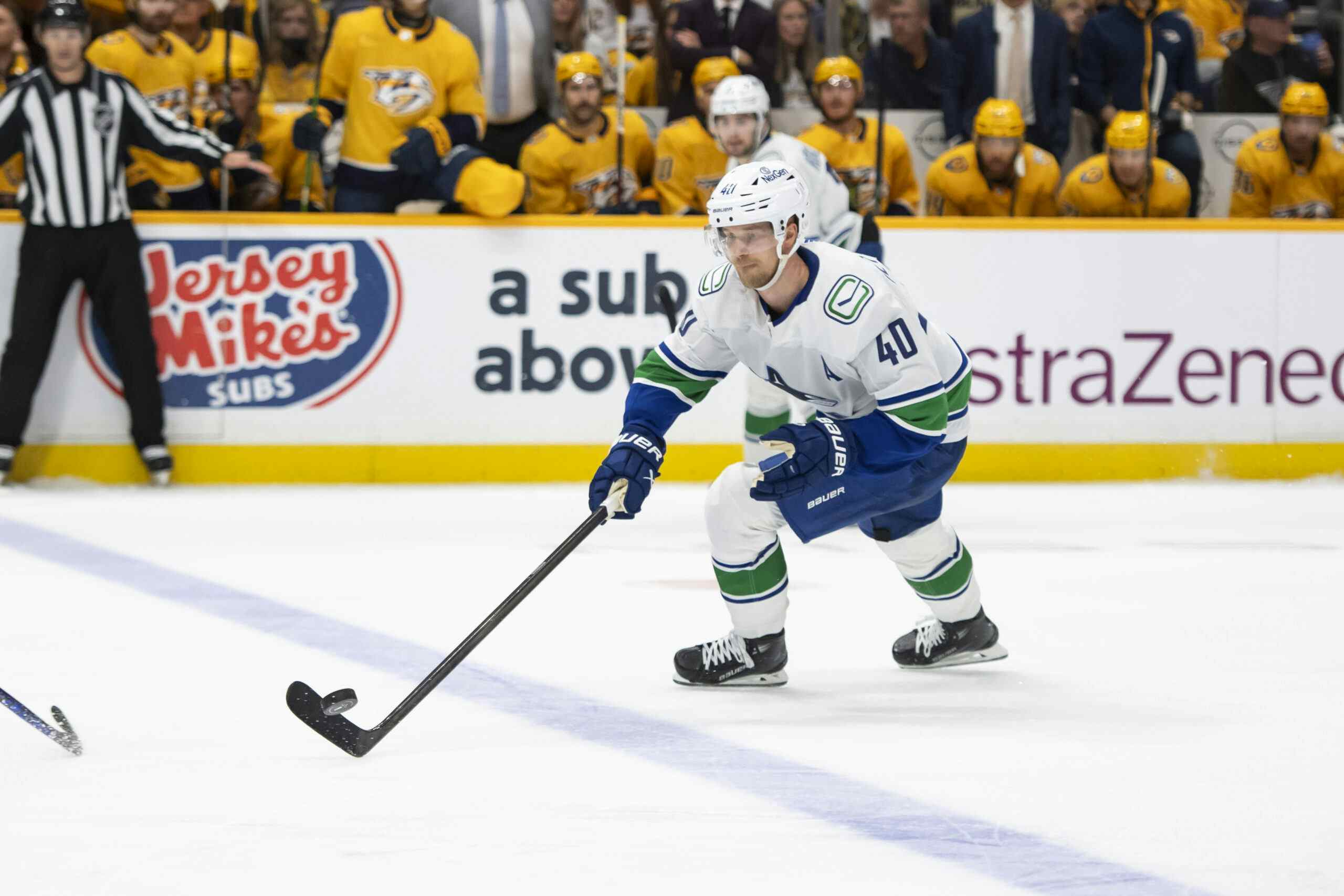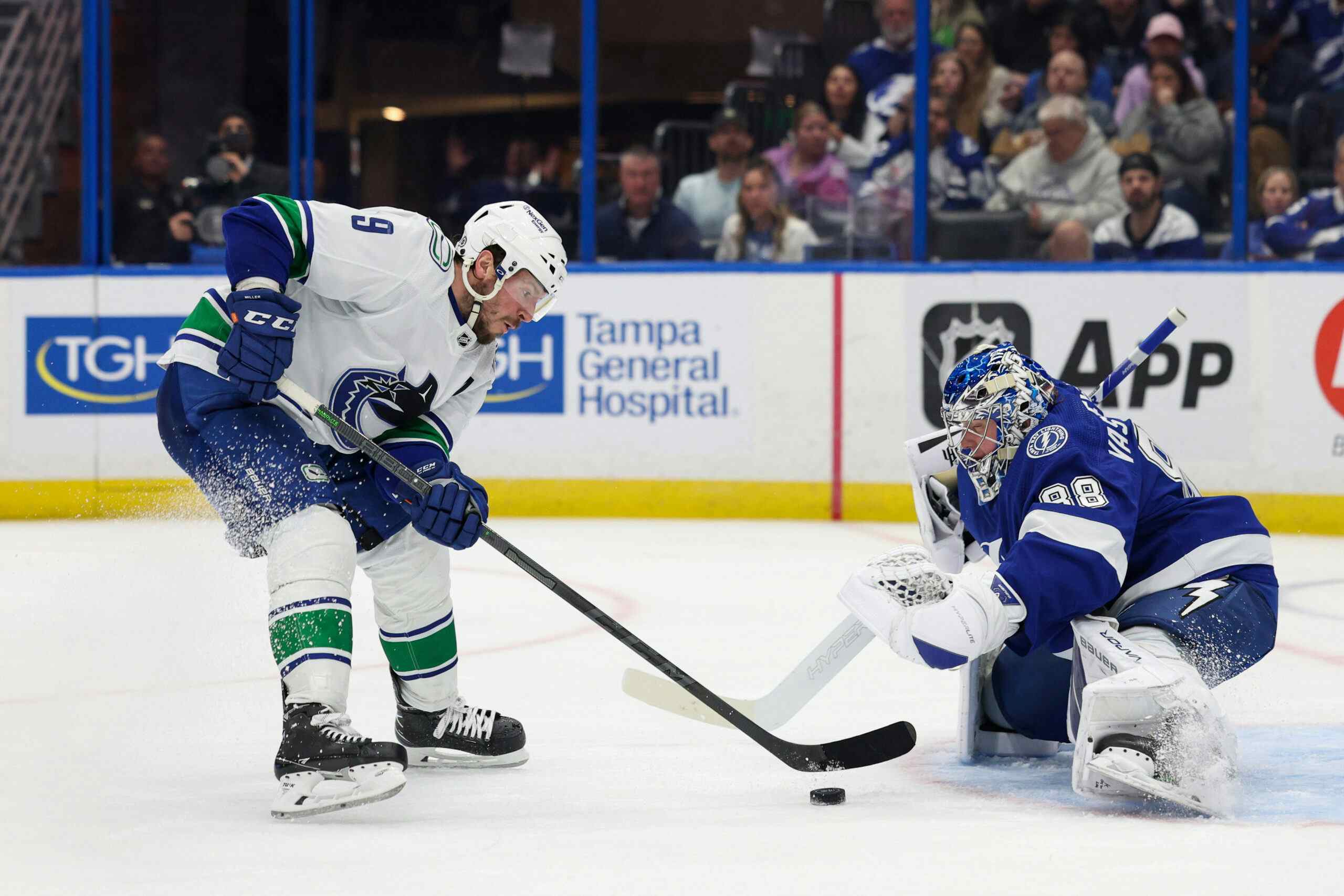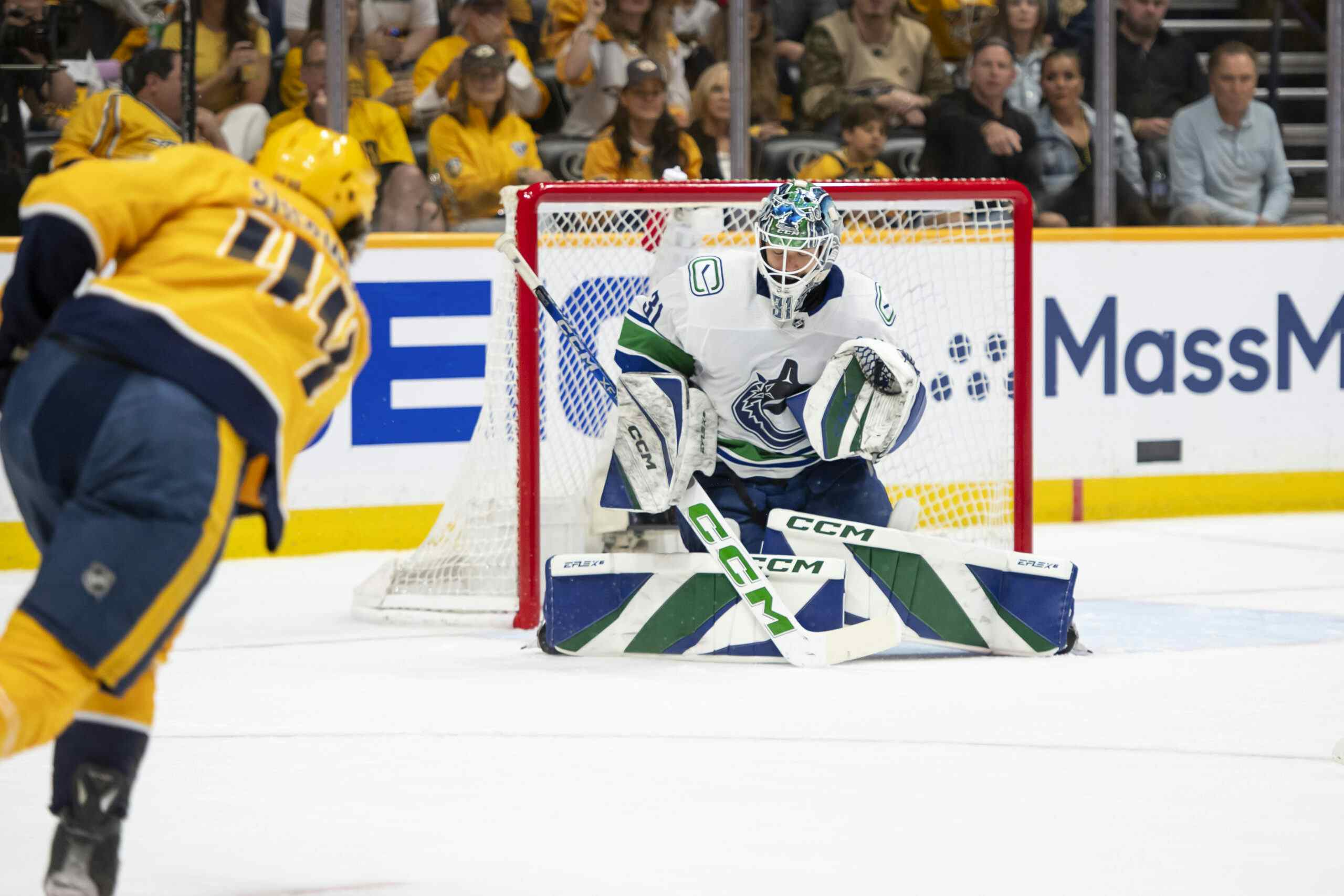What is Chris Tanev’s trade value now?
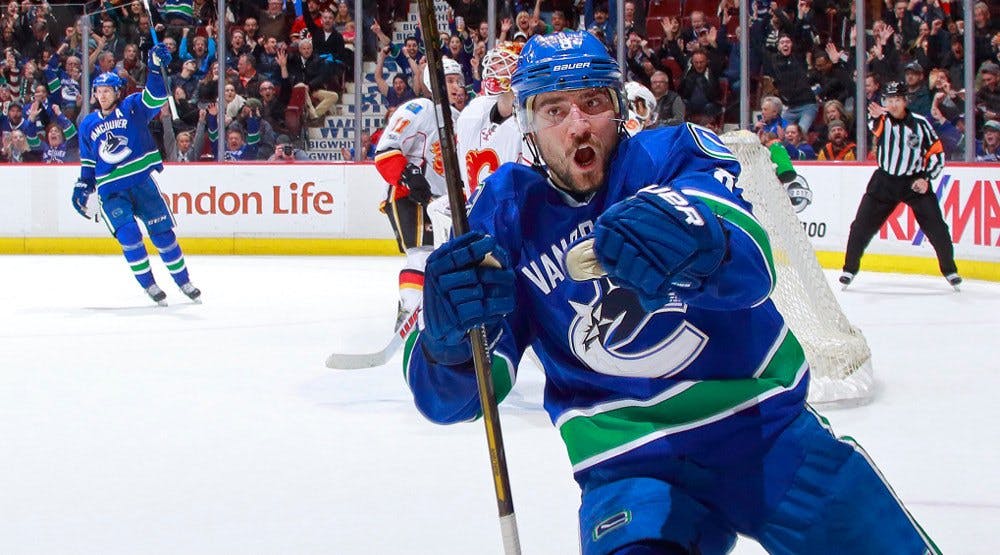
In an offseason that can shape the future of the franchise, the Vancouver Canucks might be moving on from some key members of their team’s recent history.
The time to move on from defenceman Chris Tanev has already passed, but he was kept by the team to at least appear to some people that they are going for it each and every season. Because when you can keep a roster together that has given you nothing but failure for the past couple of seasons, it is the smart choice to keep them exactly the way they were.
He once was held in high-regard across the league as a perfect shutdown blue liner for the modern era of the NHL. But as of late, his injuries have grown too severe and any offensive production that was there has now nosedived into a massive blackhole called aging.
Tanev will be turning 30-years-old in the middle of next season and is currently only under contract for that season with a $4.45-million cap hit. There are certainly less attractive contracts attached to worse players around the league, but it would be hard to see Tanev go without the Canucks retaining at least a solid portion of that cap hit.
As of now, the Canucks only have Roberto Luongo’s retained salary in a trade. A team is allowed a maximum of three retained salary transactions carrying over through the years, so they do have the option to withhold some of that cap in exchange for a better asset coming their way.
Profiled as an elite defender earlier in his career, Tanev’s performance has seen a sharp decline in the past three years. Previously averaging an on-ice 52.78 CF% at 5v5 in the first five years of his career, that number has sharply declined to 46.45 CF% at 5v5.
While his average time-on-ice has stayed steady with the Canucks around the 20-minute mark, he has seen his points fluctuate throughout the years. But in the games he did play last year, his primary assist rate number (0.4 A1/60) at even-strength is the highest of his career. Overall, with a 0.67 P/60 at 5v5, it was a respectable number and the fourth-highest rate of his nine-year career.
But that is about the only thing that has been a positive as of late for Tanev. He has kept his defensive reliability, but with a massive sacrifice to providing reasonable offensive production for his team. His goals above replacement per hour has never been lower in his career than last season — his overall contribution to the Canucks while on the ice has not been worse.
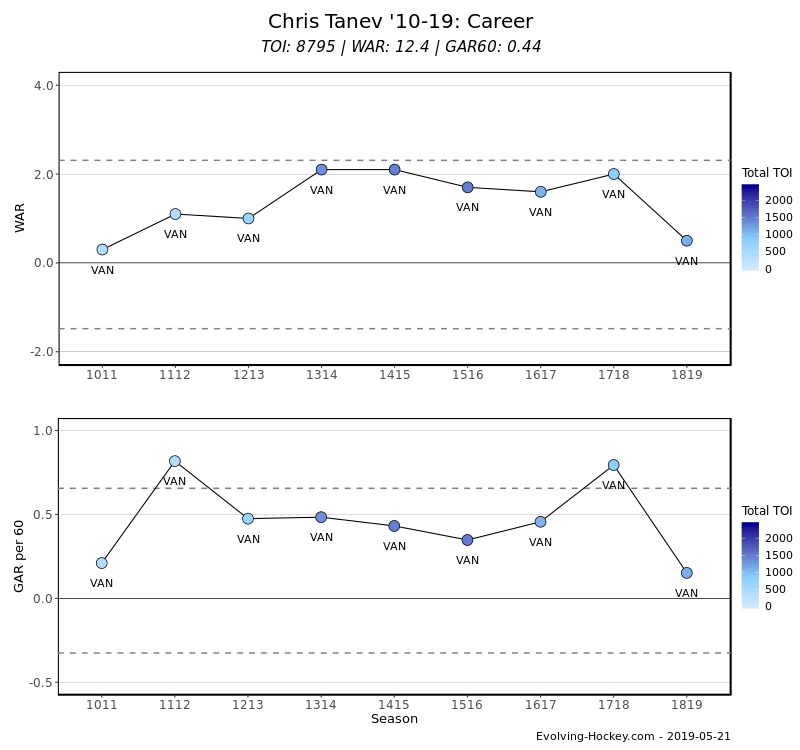
via evolving-hockey.com
This highlights that they have held on to the player for much too long for a trade to really be worth it at this point. The hypothetical package that they would have gotten for Tanev a couple of seasons ago could have set up this franchise for more future success than they already are heading towards.
Nevertheless, the Canucks are where they are currently and might look to move on from the player and get something back, other than having him walk for nothing.
Even though a player’s value historically rises at the trade deadline, there are some similar comparable trades for a one year of a defenceman that happened at this year’s deadline.
A similar defence-first player that was available in February was Nick Jensen. He ended up heading to the Washington Capitals from the Detroit Red Wings for failed prospect Madison Bowey, a 2019 fifth-round pick and a 2020 second-round pick.
He was arguably the best blue liner on the market and the Red Wings got a decent package of picks and a middling prospect that can be sold as a bounce back prospect project. If the Canucks decide to sell Tanev this offseason, it would not be surprising if they were able to get a familiar package.
Tanev has a much higher reputation through his career, so there is always a team wanting to acquire players on past performances, but mixing in the contract and injury problems, it would appear balanced.
On the lower end of probabilities but in desperation might happen, Adam McQuaid was acquired by the Columbus Blue Jackets from the New York Rangers for defenceman Julius Bergman, a 2019 fifth-round pick and a 2019 seventh-round pick. McQuaid has never been a good defenceman in the NHL, but he was somehow able to be traded for a couple of picks and a 23-year-old that will be playing in Sweden next season.
One other example of a possible comparable trade that happened last deadline is the Ben Lovejoy trade. He was sent from the New Jersey Devils to the Dallas Stars for Connor Carrick and a 2019 third-round pick.
Not the sexiest trade in the world, but Carrick is a solid young defenceman that can at least play in this league, and a third-round pick is exactly what it is.
These are all on the lower-end for potential value coming to Vancouver, but establishing an expectation on what Tanev is worth is difficult not knowing what current GMs truly think of the player.
Past performance does play a big role in some trades — no general manager trying to win should have acquired players like McQuaid or Lovejoy — so a solid package coming in for Tanev is viable, only if the focus continues to be on the future potential of the assets coming in.
Benning has shown at least a couple examples of selling players for picks and prospects, but getting the highest value for future assets might be limited. No team would realistically pay a first-round pick for Tanev, nor should they, but there are some GMs that are feeling desperate on the right-side of their defence.
Whether they trade Tanev or not, the prime opportunity has been missed and they will be getting pennies on the dollar for what they could have gotten a couple seasons ago. As long as the hypothetical prospects have some potential and the picks are at their maximum value, any package would be worth a declining defenceman that is on his way out.
Recent articles from Thomas Williams

